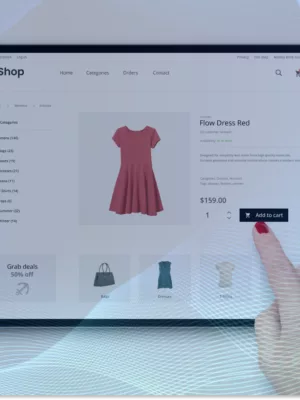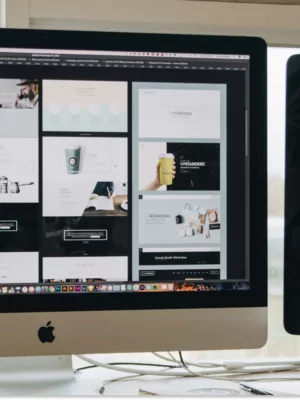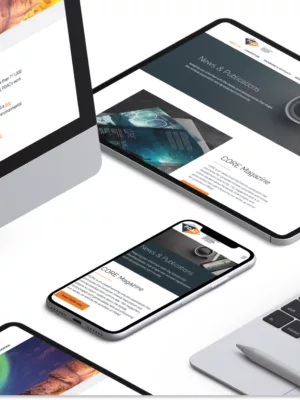
Ever wondered why some websites convert visitors into customers while others struggle to keep people on their homepage? The difference often comes down to user experience (UX). Poor UX design sends potential customers straight to your competitors, while excellent UX keeps them engaged, builds trust, and drives sales.
So how do you beat your web competition in 2025? The answer starts with proven UX design practices that put your visitors first.
This guide shows you:
- Layout strategies that guide visitors to take action
- Responsive design techniques that win across all devices
- Landing page tactics that convert visitors into customers
- Expert content approaches that build trust and authority
Whether you're revamping your website or starting from the beginning, these practices will assist you in creating an experience that surpasses your competitors.
Let's dive into the strategies that will give your website the competitive edge in 2025.
1. Build a Layout That Converts
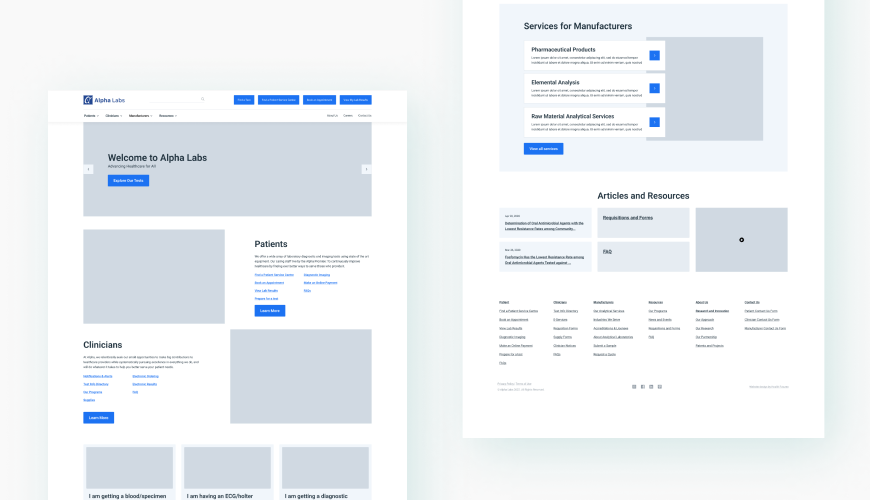
The first step to beating web competition starts with an effective website layout. A website layout is the composition of text, images, and functional elements on a webpage. When done right, it presents information in a clear, logical, and structured way that helps customers find what they need efficiently. And here are the key components of a layout that converts:
Strategic Information Architecture
Beating web competition needs more than just good design but a strategic roadmap. Information architecture creates a logical structure that guides visitors exactly where they need to go. This means organizing content based on customer needs and online behavior patterns.
Content That Commands Attention
Winning content strategies include:
- Headlines that grab attention and deliver key messages
- Short, scannable content chunks that maintain reader interest
- Strategic bullet points instead of long paragraphs
- Calls to action that guide decisions naturally
- High-quality visuals that support the message
Smart Use of White Space
Top-performing websites use white space (or negative space) strategically to:
- Create visual balance that keeps visitors engaged.
- Help users focus on important content.
- Make navigation intuitive and effortless.
- Support the "Less is More" principle that modern users prefer.
Remember: The goal isn't just to look better than competitors; it's to create a seamless user experience that converts more visitors into customers. A well-structured layout is the foundation for beating web competition in 2025 and beyond.
2. Make Sure the Design is Responsive

Responsive web design plays a crucial role in beating web competition. It means having a website that's easily accessible across all devices—desktop, tablet, or phone. The right responsive design ensures layouts, images, grids, and content function seamlessly on any device.
While responsive design principles have existed for over 15 years, they remain fundamental to staying competitive. This is especially true now, as mobile devices continue to dominate online activity. Recent data shows mobile usage accounts for 60% of total digital minutes, making responsive design essential for beating competitors.
The evolution of responsive design continues as new devices enter the market each year. While understanding every technical detail isn't necessary, knowing how to evaluate responsive design is crucial. The true test of competitive responsive design is how well a site performs across all devices, adapting automatically to deliver an optimal viewing experience.
3. Create Landing Pages That Snatch Attention

First impressions determine whether visitors stay or leave for competitors. A powerful landing page keeps visitors engaged, encourages exploration, and ultimately converts leads into customers. In the battle for attention, this is where websites win or lose potential business.
Creating landing pages that outperform competitors requires combining all essential elements: strategic layout, targeted messaging, compelling headlines, and strong visual elements. When these components work together effectively, the landing page creates an immediate impact that sets a site apart from the competition.
Success extends beyond the homepage—every page must maintain this high standard. Consistency in quality and user experience across all pages ensures visitors remain engaged throughout their journey, giving a competitive edge at every interaction point.
4. Share Expert Content and Insights
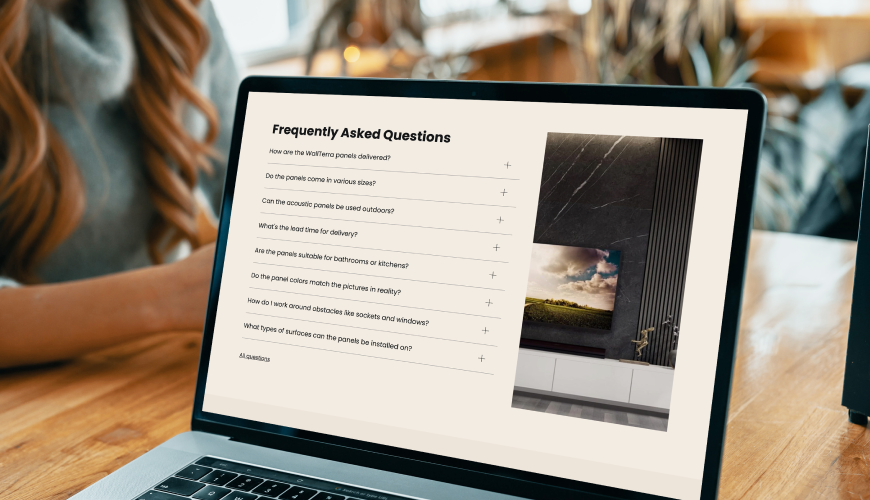
Sharing industry expertise builds trust and creates long-term competitive advantages. Through strategic content like blog posts, FAQs, and video content, businesses establish themselves as industry authorities rather than just service providers.
Understanding customer pain points and providing valuable solutions through content creates a distinct competitive edge. When businesses consistently deliver expert insights and practical answers, they position themselves ahead of competitors who only focus on selling.
This approach offers another competitive benefit: enhanced search visibility. Quality, expert content improves organic rankings on search engines, helping websites outperform competitors in search results and attract more qualified prospects.
Conclusion: Staying Ahead of Web Competition
Beating web competition through a seamless UX design is an ongoing process that evolves with user behavior and industry trends. The most successful websites in 2025 and beyond win their market through strategic UX implementation focused on four key areas:
- effective layouts that guide and engage
- responsive design that works across all devices,
- landing pages that convert; and
- expert content that builds trust.
While every business has unique goals and digital readiness levels, these UX design principles remain fundamental to staying competitive. Implementing them strategically creates an experience that not only attracts visitors but turns them into loyal customers.
Don't have the expertise to implement these strategies? Too busy running the business?
Book a call with our team of UX experts who can handle the implementation while you focus on business growth. Schedule a consultation today.
Every day without optimized UX is another day your competitors win your customers.






